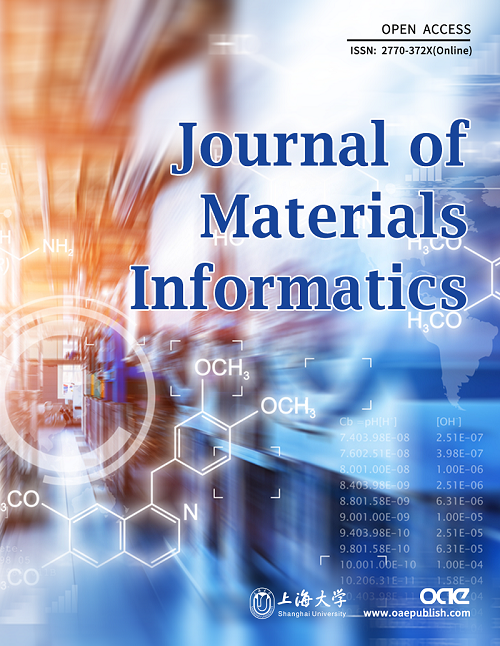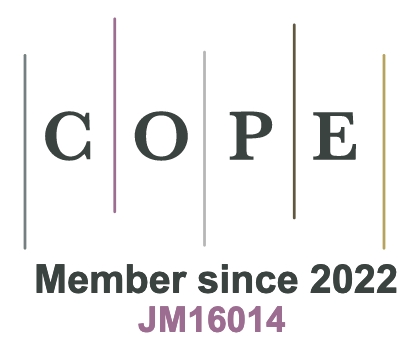REFERENCES
1. Kittel C. Introduction to solid state physics. 8th ed. Hoboken: John Wiley & Sons; 2005.
2. Dong C, Wang Q, Qiang JB, et al. From clusters to phase diagrams: composition rules of quasicrystals and bulk metallic glasses. J Phys D: Appl Phys 2007;40:R273-91.
3. Dong C, Wang Z, Zhang S, Wang Y. Review of structural models for the compositional interpretation of metallic glasses. Int Mater Rev 2020;65:286-96.
5. Mackay AL, Finney JL, Gotoh K. The closest packing of equal spheres on a spherical surface. Acta Cryst A 1977;33:98-100.
6. Dong C, Perrot A, Dubois JM, Belin E. Hume-rothery phases with constant e/a value and their related electronic properties in Al-Cu-Fe(-Cr) quasicrystalline systems. Mater Sci Forum 1994;150-151:403-16.
7. Qiang J, Wang D, Bao C, et al. Formation rule for Al-based ternary quasi-crystals: Example of Al-Ni-Fe decagonal phase. J Mater Res 2001;16:2653-60.
8. Wang YM, Qiang JB, Wong CH, Shek CH, Dong C. Composition rule of bulk metallic glasses and quasicrystals using electron concentration criterion. J Mater Res 2003;18:642-8.
9. Wang Y. The e/a factor governing the formation and stability of (Zr76Ni24)1-xAlx bulk metallic glasses. Scripta Materialia 2003;48:1525-9.
10. Feng D, Jin G. Condensed state physics. Beijing: High Education Press; 2012.
11. Ziman JM. Models of disorder - the theoretical physics of homogeneously disordered systems. Cambridge: Cambridge University Press; 1979.
12. Bragg WL, Williams EJ. The effect of thermal agitation on atomic arrangement in alloys. Proc R Soc Lond A 1934;145:699-730.
14. Peierls R. Statistical theory of superlattices with unequal concentrations of the components. Proc R Soc Lond A 1936;154:207-22.
18. Cowley JM. Short- and long-range order parameters in disordered solid solutions. Phys Rev 1960;120:1648-57.
20. Friedel J. XIV. The distribution of electrons round impurities in monovalent metals. The London, Edinburgh, and Dublin Philosophical Magazine and Journal of Science 2010;43:153-89.
23. Langer J, Vosko S. The shielding of a fixed charge in a high-density electron gas. J Phys Condens Matter 1960;12:196-205.
24. Heine V, Weaire D. Pseudopotential theory of cohesion and structure. Elsevier; 1970. pp. 249-463.
25. Harrison WA. Solid state theory. New York: McGraw-Hill, Inc.; 1970.
26. Ziman JM. Principles of the theory of solids. Cambridge: Cambridge university press; 1972.
27. Häussler P. A new hume-rothery phase with an amorphous structure in noble-metal/simple-metal alloys. J Phys Colloques 1985;46:C8-361-5.
28. Kroha J, Huck A, Kopp T. Coulomb interaction and disorder at q=2kF: a novel instability of the fermi sea and implications for amorphous alloys. Phys Rev Lett 1995;75:4278-81.
29. Häussler P. Interrelations between atomic and electronic structures-Liquid and amorphous metals as model systems. Physics Reports 1992;222:65-143.
30. Jiang B, Wang Q, Dong C, Liaw PK. Exploration of phase structure evolution induced by alloying elements in Ti alloys via a chemical-short-range-order cluster model. Sci Rep 2019;9:3404.
31. Senkov O, Miracle D, Keppens V, Liaw P. Development and characterization of low-density ca-based bulk metallic glasses: an overview. Metall Mater Trans A 2008;39:1888-900.
32. Han G, Qiang J, Li F, et al. The e/a values of ideal metallic glasses in relation to cluster formulae. Acta Materialia 2011;59:5917-23.
33. Luo L, Chen H, Wang Y, et al. 24 electron cluster formulas as the ‘molecular’ units of ideal metallic glasses. Philos Mag 2014;94:2520-40.
34. Stainless Steel Branch of China Special Steel Enterprises Association. Stainless steel practical manual. Beijing: China Science and Technology Press; 2003.
35. Li Z, Zhang R, Zha Q, Wang Y, Qiang J, Dong C. Composition design of superhigh strength maraging stainless steels using a cluster model. Progress in Natural Science:. Materials International 2014;24:35-41.
36. Wang Q, Ma Y, Jiang B, et al. A cuboidal B2 nanoprecipitation-enhanced body-centered-cubic alloy Al0.7CoCrFe2Ni with prominent tensile properties. Scripta Materialia 2016;120:85-9.
37. Ma Y, Wang Q, Jiang B, et al. Controlled formation of coherent cuboidal nanoprecipitates in body-centered cubic high-entropy alloys based on Al2(Ni,Co,Fe,Cr)14 compositions. Acta Mater 2018;147:213-25.
38. Hong HL, Wang Q, Dong C, Liaw PK. Understanding the Cu-Zn brass alloys using a short-range-order cluster model: significance of specific compositions of industrial alloys. Sci Rep 2014;4:7065.
39. Liu T, Zhang S, Wang Q, Min X, Dong C. Composition formulas of Ti alloys derived by interpreting Ti-6Al-4V. Sci China Technol Sci 2021;64:1732-40.
40. Wang ZR, Qiang JB, Wang YM, et al. Composition design procedures of Ti-based bulk metallic glasses using the cluster-plus-glue-atom model. Acta Mater 2016;111:366-76.
41. Zhang S, Dong D, Wang Z, Dong C, Häussler P. Composition formulas of Ni-(Nb, Ta) bulk metallic glasses. Intermetallics 2017;85:176-9.
42. Li Y, Guo Q, Kalb JA, Thompson CV. Matching glass-forming ability with the density of the amorphous phase. Science 2008;322:1816-9.
43. Massalski TB, Okamoto H, Subramanian PR, et al. Binary alloy phase diagrams. 2nd ed. USA: ASM International; 1990.
44. Zhang S, Dong D, Wang Z, Dong C, Häussler P. Spherical periodicity as structural homology of crystalline and amorphous states. Sci China Mater 2018;61:409-16.
45. Zhang S, Dong C, Häussler P. Structural relationship between crystalline and amorphous states in Cu-(Zr, Ti) binary systems. J Phys Condens Matter 2021;33:074001.
47. Wang Z, Chen R, Qiang J, Zhang S, Zhao Y. Cluster-based composition interpretation of dual-phase glass-crystal alloys via the example of Mg49Cu42Y9. J Non Cryst Solids 2021;566:120886.
48. Zhang S, Dong C. Dual-cluster interpretation of binary eutectics associated with hexagonal close-packed solid solution phases. Mater Lett 2018;233:71-3.
49. Han K, Wang Y, Qiang J, et al. Dual-cluster formulas for eutectic-type bulk metallic glasses and experimental verification in Zr-Al-Fe-Cu system. Materials & Design 2019;183:108142.
50. Zhang S, Dong C, Ma Y, et al. Materials characteristics of thin films. VACUUM 2020;57:11-8. (in Chinese)








